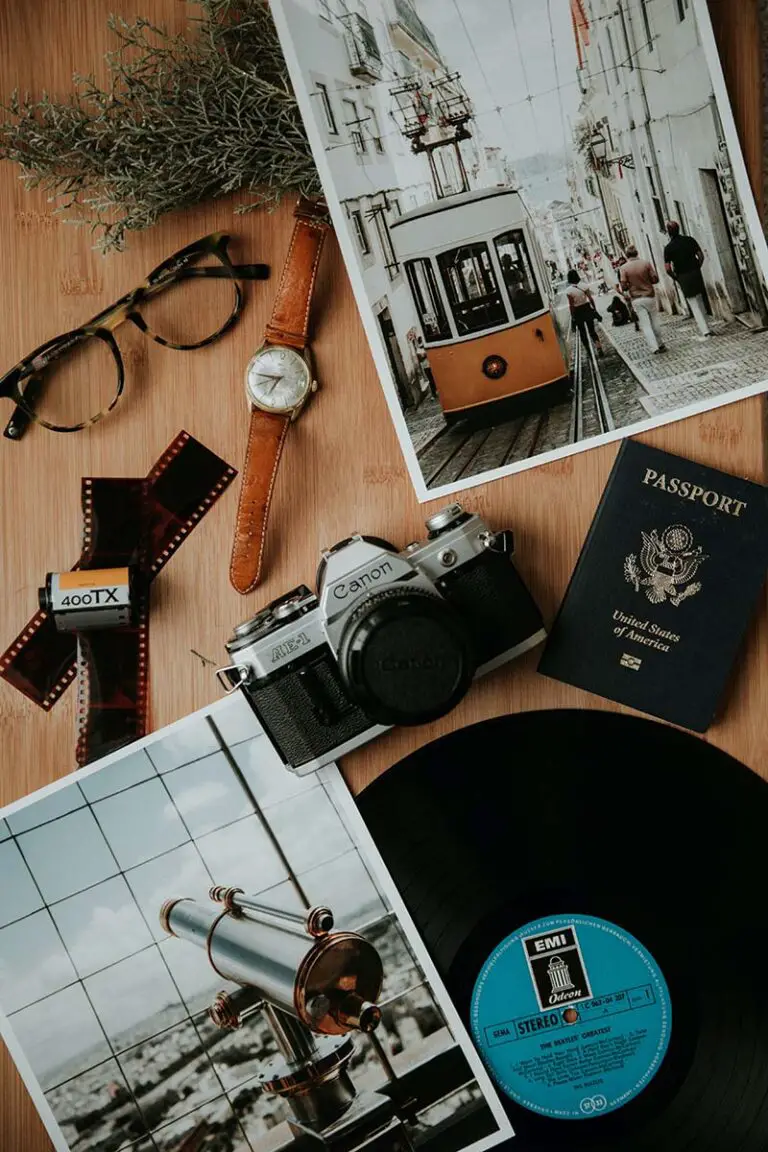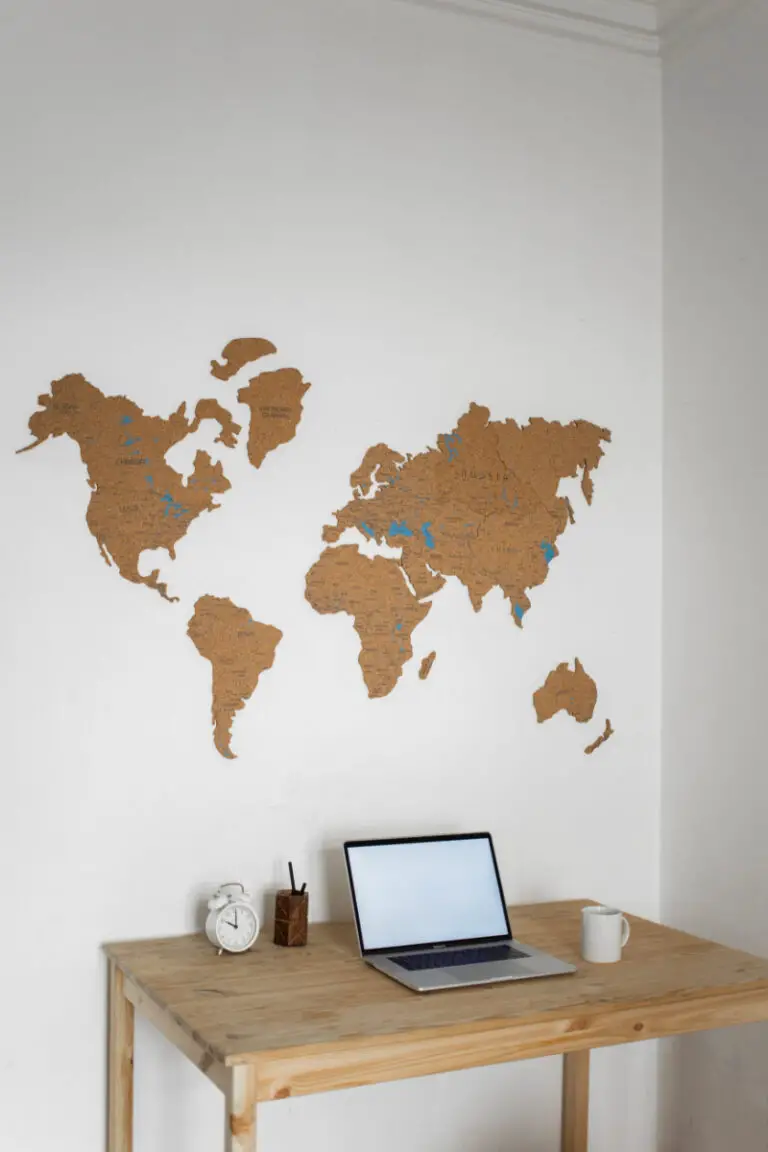Have you ever wondered how to start a travel blog without traveling? I mean, there are many reasons for people not to be able to travel – limited budget, limited time, busy schedule, and the list goes on. But that doesn’t mean you can’t share your love for travel with others through a blog.
Starting a travel blog without actually traveling may seem like a fraud at first, but trust me, it’s not. In fact, many successful travel bloggers have started their blogs without traveling initially. It’s all about being creative and using the resources you have available to create valuable content for your readers.
So, if you can see yourself as a travel blogger, but can’t physically travel at the moment, here is the ultimate guide for you to start a travel blog without traveling.
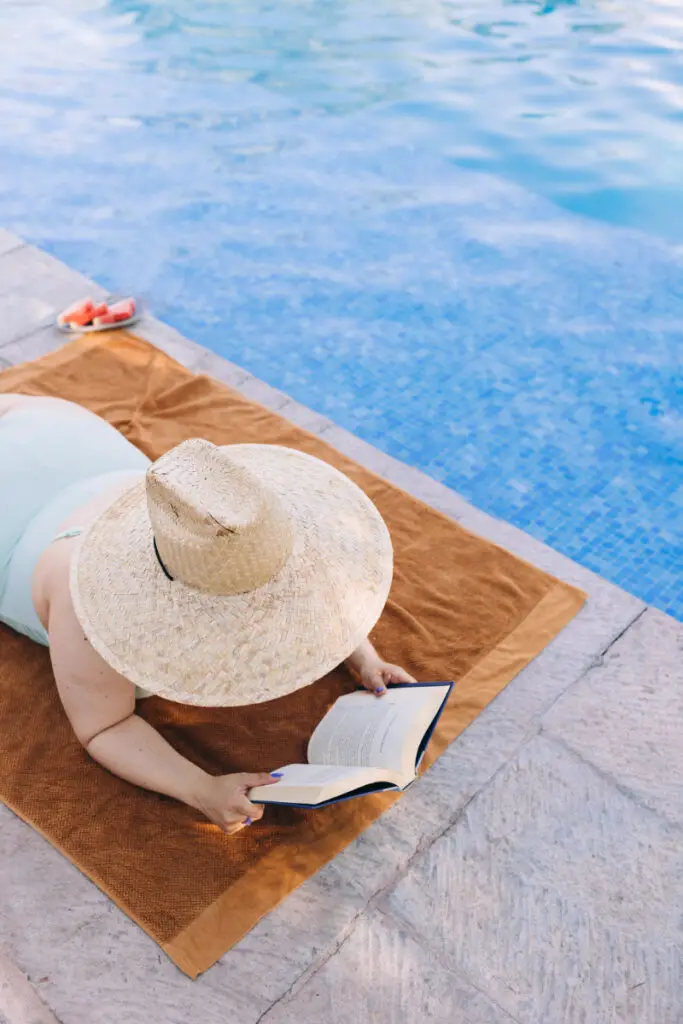
Find A Low Competition Travel Niche
You should never start any blog without niching down your primary niche. It is even more important when you are starting a travel blog without traveling.
Finding a low competition niche will not only make it easier for you to stand out in the crowded blogging world, but it will also give you a chance to create unique and interesting content.
Some examples of low competition travel niches are:
- Eco-tourism
- Sustainable travel
- Top lists (X things to do in Y)
- Travels for a specific demographic (families, solo travelers, etc.)
- Travel photography/videography
- Traveling as an exchange student/working nurse/teacher, etc.
- Traveling with pets
- Local travels
- Staycation
- Travel in your own country/state
- Travel news (what is happening where)
Take it from here, do your research to find a niche that aligns with your passion, expertise, and available resources. You can easily use Chat GPT for this type of research. It is a powerful AI tool that can generate ideas and provide relevant information based on your input.
Depending on how you input your questions and how detailed they are, Chat GPT can come up with really cool ideas for a low competition travel niche.

Keyword Research
Now that you have a niche in your head, the next most important thing to do is keyword research. Since your site will be a niche site focusing on low competition keywords, you’ll need to make sure these keywords really work.
In other words, although your keywords should be less competitive, at least people do type them into Google or any other search engine to find solutions to their problems. So, the keywords you pick should have a decent search volume.
A decent search volume will ensure your travel blog can gain a decent amount of traffic, at least in the beginning. Then in the future, when your site is getting stronger and more popular, that’s when you can start working on more competitive keywords.
To do proper keyword research, you can choose from this list of tools:
Some tools (SEMrush and Ahrefs) are quite pricey compared to other tools (Keysearch), but of course, they are more advanced and offer more features.
If you are just starting out and don’t have a big budget for keyword research, you can start with the free Google Keyword Planner or go for Keysearch which is relatively affordable.
At the end of this step, you should be able to create a list of least 100 topics related to your chosen travel niche.
This is the average number to look for, but if you can come up with more topics, that’s even better! The key is to have a variety of topics that your audience will find interesting and helpful and enough content to keep them engaged and coming back for more.
Remember, keyword research is an ongoing process. As your blog grows and evolves, you may need to revisit and update your keyword list to stay relevant and competitive in the search engines.
Additionally, it’s important to regularly check on the performance of your chosen keywords and adjust as needed to continue driving traffic to your site.

Content Strategy and Planning
The differences between staring a travel blog because you do travel and having a travel blog without traveling is that you’ll need a different approach when it comes to content creation and planning.
If you are a frequent traveler, creating content will be easier since you have firsthand experiences to share. However, if you don’t travel often or just starting out in the blogging world, you’ll need to do more research and planning.
Here are some tips on how to plan and strategize your content:
- Consider your target audience and their interests: Think about who your ideal readers are and what kind of content would interest them.
- Take inspiration from other successful travel blogs: Look at what successful bloggers in your niche are writing about and take note of popular topics or trends.
- Mix up your content types: Don’t just stick to one type of content. Consider including a mix of destination guides, travel tips, personal stories, and even videos or podcasts.
- Use keywords in your content planning: As mentioned earlier, keyword research is important for SEO. Incorporate relevant keywords into your content to improve your chances of ranking higher in search results.
- Plan ahead for seasonal or timely topics: Take advantage of popular events or holidays to create content that is relevant and timely. This can help attract more readers and increase your website traffic.
- Create a content calendar: Having a schedule for when you will publish certain types of content can help with consistency and organization. It also allows you to plan ahead for any upcoming trips or events that may affect your content creation.
Actually, I do have a niche travel blog created during COVID-19. It means I literally cannot travel, yet I want to create content that still aligns with my niche. So, what have I done for that site?

Listicles
This type of content involves creating a list of tips, recommendations, or experiences related to a specific topic.
For example, “10 Must-Visit Virtual Museums Around the World” or “5 Ways to Bring Travel Vibes into Your Home.” This type of content is popular and easy to consume for readers.
Personal Reflections
Although you may not be able to travel physically, you can still reflect on past trips or share your thoughts and feelings about travel in general. These types of posts can be relatable to readers who are also experiencing a lack of travel opportunities.
Travel Tips for the Future
Many people are eager to start traveling again once it is safe to do so. Use this opportunity to provide helpful tips and advice for future travels, such as budgeting, packing tips, or destination recommendations.
Collaborations and Guest Posts
Collaborating with other bloggers or featuring guest posts can bring fresh perspectives and new content to your blog.
This can also help expand your reach and gain new followers. Consider reaching out to fellow travel bloggers and see if they would be interested in collaborating on a post together.
Travel Products Review
Even though I may not be able to physically test out products during this time, I can still write reviews based on your past experiences or research, or I can just buy the product and use it when I’m not at home – let’s say when I’m heading to the city or traveling to another nearby city.
Based on that, I can still write with confidence and provide valuable insights to my readers. This type of content can also be monetized through affiliate marketing or sponsored posts.
Travel-Related Topics
Films, books, recipes, lifestyle, etc. that are related to travel can also make for interesting and engaging content.
Consider writing about your favorite travel-inspired books or movies, sharing recipes from countries you have visited, or discussing how travel has impacted your lifestyle. These types of posts can provide a refreshing break from traditional travel guides or itineraries.
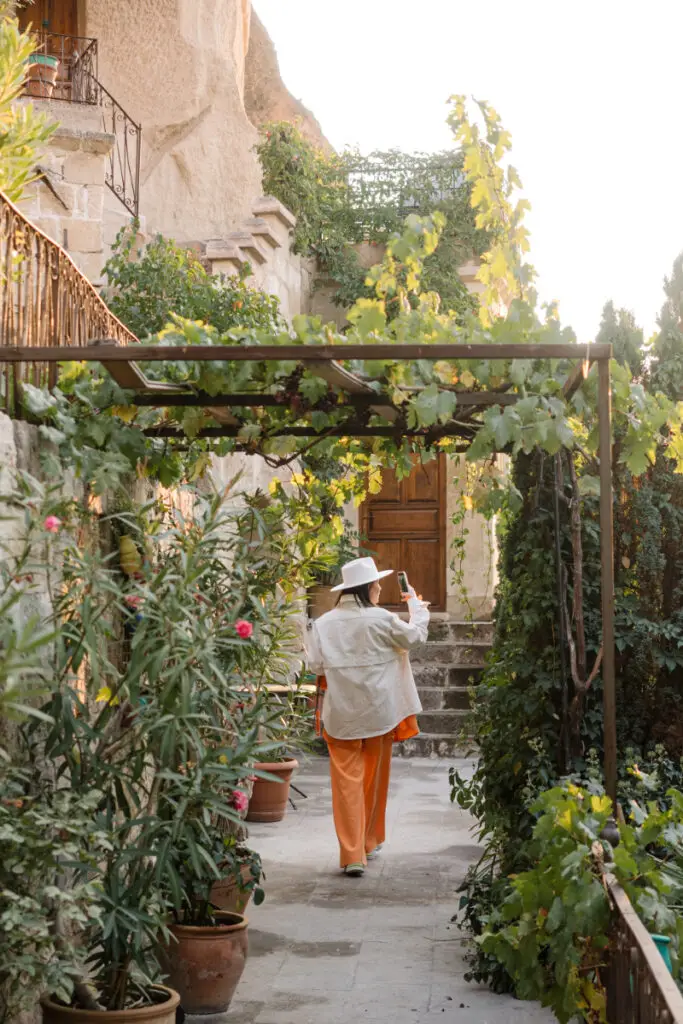
How to Start a Travel Blog without Traveling
OK, that was all the homework you have to do before you can really start blogging. Now, let’s discuss how you can still start your travel blog even if you’re not able to travel right now.
Choose a Domain Name
A domain name is your blog’s unique web address, and it’s important to choose one that is memorable, easy to spell, and relevant to your blog’s niche. Brainstorm different options and consider seeking feedback from others before making a decision.
You can either buy domain from companies like Namecheap, or you can have it together with the hosting company.
Many hosting companies like Bluehost or Mocha Host offer one year of free domain when you purchase their hosting plan, so it’s worth considering this option as well.
Or, if you would like to give your site an extra boost, look for old domains with high DA. These domains could potentially have some backlinks and authority already built up, which can be beneficial for your blog’s SEO.
The downside of old domains is that it can take longer time for you to browse through the available options and find one that’s suitable for your blog. So it’s up to you whether you want a new, fresh domain or an old one with potential benefits.
Buy the Hosting Plan
Next, you will need a hosting plan to get your blog live on the internet. Hosting companies offer different plans with various features and prices, so it’s important to do some research and compare before making a decision.
Consider factors such as storage space, bandwidth, customer support, and server location when choosing a hosting plan. Remember that your website’s loading speed can greatly affect user experience, so it’s essential to choose a reliable and fast hosting provider.
Some popular hosting companies include Bluehost, SiteGround, and HostGator. Look for reviews and recommendations from other bloggers before making your final decision.
Once you have purchased the hosting plan, you will need to connect your domain name to the hosting service. Most hosting companies provide step-by-step instructions on how to do this, and some even offer a one-click installation process for popular website platforms like WordPress.
Choose Your Platform (optional)
You can skip this step if you have already decided on a website platform. However, if you are still undecided, it’s worth considering the different options available before making your final decision.
WordPress is the most popular and widely used content management system (CMS) for bloggers. It offers customizable themes, plugins for added functionality, and a user-friendly interface.
Other popular CMS options include WordPress.org (not to be confused with WordPress.com), Squarespace, Wix, and Joomla. Each platform has its own strengths and weaknesses, so it’s essential to research and compare them before deciding which one is best for your blogging needs.
So far, WordPress is the most popular CMS among bloggers, so if you would like to go with the main stream, it could be the perfect choice for you.

Customize Your Website
The easiest way to have a beautiful and functional travel niche site is to buy a theme. Don’t go for the free ones since it’ll take you longer time to customize everything. But with paid themes, you can have a professional-looking website in no time and customize it to fit your brand.
Some popular theme providers include ThemeForest, Elegant Themes, and StudioPress. It’s also worth checking out the templates offered by your hosting company, as they may have exclusive deals or discounts for their customers.
Some boutique theme providers you can have a look at include:
- 17th Avenue Design
- Blossom Themes
- Bluchic
- Hearten Made
- Hello You Design
- Lovely Confetti
- The Design Space
All these theme providers specialize in creating beautiful, functional, and customizable themes for travel blogs. They offer a wide range of options, from minimalist designs to vibrant and colorful layouts.
Setup Your Plugins
WordPress offers thousands of plugins that can enhance the functionality of your website. These plugins can help you add features such as social media sharing, contact forms, SEO optimization, and more.
Some essential plugins for travel bloggers include:
- Yoast SEO: Helps optimize your website for search engines.
- Jetpack: Offers various tools to enhance your site’s performance and security.
- Akismet Anti-Spam: Protects your site from spam comments.
- Easy Social Share Buttons: Allows visitors to easily share your content on social media.
- WPForms: Helps you create professional-looking contact forms.
- Link Whisper: Helps improve internal linking on your website for better SEO.
- WP Rocket: Speeds up your website by caching and optimizing files.
- Smash Balloon Social Photo Feed: Displays your Instagram feed on your blog.
These are not the full list of all the plugins you’ll need since you may need more or less, depending on your own requirements. But these are some popular and highly recommended plugins for any travel blog.
In the future, you may need WooCommerce plugin if you plan to sell products on your website or a booking plugin if you want to offer services like tours or workshops. Keep in mind that too many plugins can slow down your site, so only install the ones you really need.
Generate Content
Now we’re talking! You cannot have any blog without content, full stop. But how can and how should you create your content?
First, decide whether you’re going to write them yourself, or you’d like to hire someone else to do it for you. Or, even better, if you’ll have AI do the hard work. Either way, it’s important to have a content plan (that you already did earlier) and stick to it.
Even if you do travel a lot, you’ll still need to do a lot of research beforehand. This includes finding the best keywords for SEO, looking up interesting facts and stories about your destinations, and planning out your content in a way that engages readers.
Then, if you don’t travel, this step is even more crucial. You’ll need to take extra time to research and compile information about different locations, cultures, and travel tips, in order to compensate for not having first-hand experience.
But don’t let that discourage you! If you opt for AI writing tools like Jasper or Chat GPT, you can expect quite accurate and quality content. Of course, you must double-check and edit the content before publishing, but the heavy lifting will already be done for you.

How to Make Money with Your Travel Blog
If you’re a hobby blogger, you can actually stop right here and save your time and energy. But if you’re looking to make some money with your blog, read on.
First things first, making money blogging sounds fancy, but along comes a lot of hard work, commitment, and patience. Unless you’re extremely lucky or have great business connections, it’s not going to be easy.
I’ve been travel blogging since 2016 and have written a dedicated blog post about actual ways I made money with my Europe travel blog. Stop by and give it a read if you’re curious on the methods I used.
Also, you can find other popular ways to earn money from your travel blog, including the pros and cons and my personal advice based on my personal opinion and observation!
Frequently Asked Questions
Starting a travel blog without traveling may sound like starting a recipe blog without cooking (oh yes, I’m gonna write about that as well), so you must have a lot of questions. Here are some of the most frequently asked questions that I’ve encountered and my honest answers.
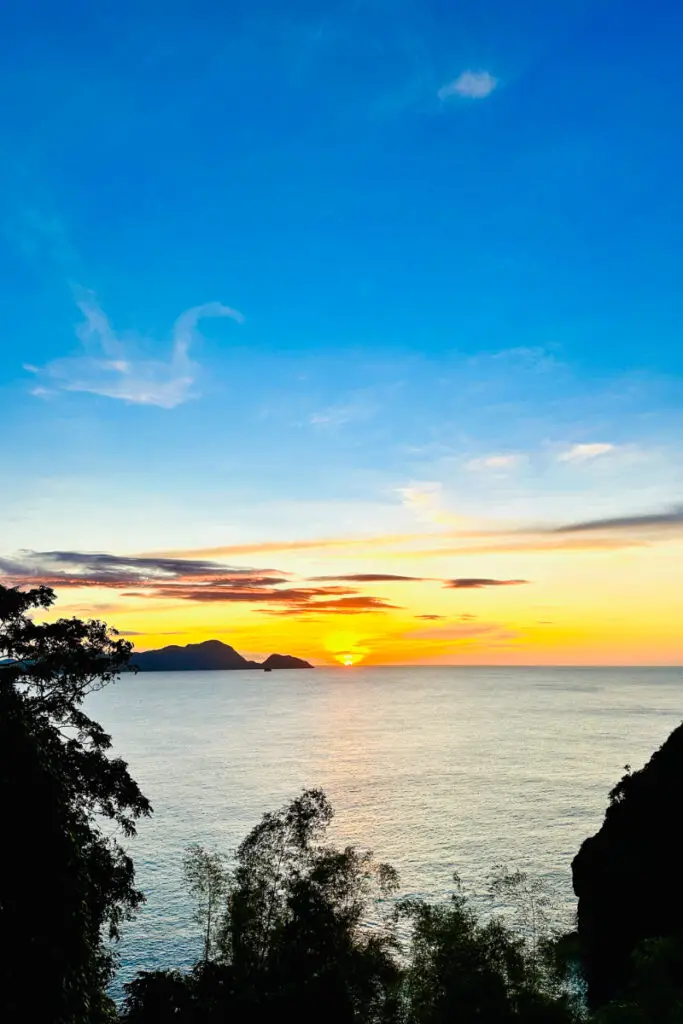
Q: Is it really possible to have a successful travel blog without traveling?
A: The short answer is yes, but it won’t be easy. As mentioned before, you’ll need to put in extra effort to research and compile information about different locations, cultures, and travel tips. It may also require a strong online presence and networking skills to attract readers and potential partnerships.
Q: Can I make money from my blog if it’s not about traditional or popular destinations?
A: Absolutely! In fact, niche blogging has become increasingly popular in recent years. Not only does it allow you to stand out from the crowd, but it also attracts a more targeted audience and potential partnerships with unique brands.
Q: How long does it take to make money from a travel blog?
A: It really depends on various factors such as the quality of your content, your online presence, and networking skills.
Some bloggers may start earning within a few months, while others may take years to build a steady income. The key is to consistently provide valuable content and promote your blog through various channels.
Q: Are there any downsides to starting a travel blog without traveling?
A: Like any other job, there are certainly challenges. Without firsthand experience, it may be difficult to write authentic and detailed content that truly resonates with readers.
You may also face criticism or skepticism from some individuals who believe you should have personal experience with a destination to write about it.
However, as long as you do your research and provide valuable information, these challenges can be overcome. Additionally, not physically being in a location may limit your ability to provide up-to-date information on certain events or changes.

Q: Is starting a travel blog worth it now?
A: As we all know, life after the pandemic may look very different. However, this does not mean the end of travel blogging. In fact, now is a great time to start building your online presence and audience.
With more people turning to virtual experiences and dreaming about future travels, there is still a demand for quality travel content.
By starting now, you can establish yourself as an authority in your niche and be prepared for when travel resumes. Additionally, starting a blog can also be a source of income during these uncertain times.
Ultimately, whether it is worth it or not depends on your passion for writing and sharing about travel, as well as your determination to succeed in a highly competitive industry.
So if you have the drive and dedication, then yes, starting a travel blog is definitely worth it. It may not be easy, but with hard work and persistence, the rewards can be significant.
Q: Do I need any travel blogger equipment?
A: While it is not necessary to have expensive equipment to start a travel blog, having some essential tools can certainly improve the quality of your content.
A good camera or smartphone with high-quality photo and video capabilities is essential for capturing stunning visuals of your travels.
Investing in a reliable laptop and editing software will also allow you to edit and publish your content on-the-go.
Other useful equipment could include a portable power bank, a lightweight tripod, and a travel-friendly microphone for better audio quality.
However, remember that the most important aspect of being a successful travel blogger is your ability to tell compelling stories through your words and images. So don’t let not having all the latest gadgets hold you back from pursuing your passion as a travel blogger.

Q: How to get free hotel stays as a travel blogger?
A: Getting free hotel stays as a travel blogger is not always easy, but it is possible with the right approach.
Firstly, having a well-established and engaged audience on your blog and social media platforms is crucial to attract the attention of hotels. This means consistently creating high-quality content and building a loyal following.
Next, reach out to hotels directly through email or social media to pitch a collaboration or partnership. Make sure to showcase your platform’s reach and engagement rates, as well as the value you can provide in exchange for a free stay.
You can also join travel blogger networks or influencer marketing platforms that connect bloggers with hotels looking for collaborations.
Finally, be professional and polite in all communication and follow up after your stay with a thank you and any promised deliverables. With persistence and a strong online presence, you can secure free hotel stays as a travel blogger.
To Sum It Up
In th world of AI where everybody and their mothers can start a blog without really writing anything, being a successful travel blogger without traveling is not impossible. However, it requires hard work, dedication, and creativity to stand out among the sea of bloggers.
Remember to always prioritize authenticity and quality content over fancy gadgets or free perks. Be genuine in your passion for travel and connect with your audience to build a loyal following.
With consistency and perseverance, you can achieve your dream of being a successful travel blogger, even without moving from your comfort zone. So, don’t be afraid to take that first step and start creating amazing travel content! Happy blogging!

